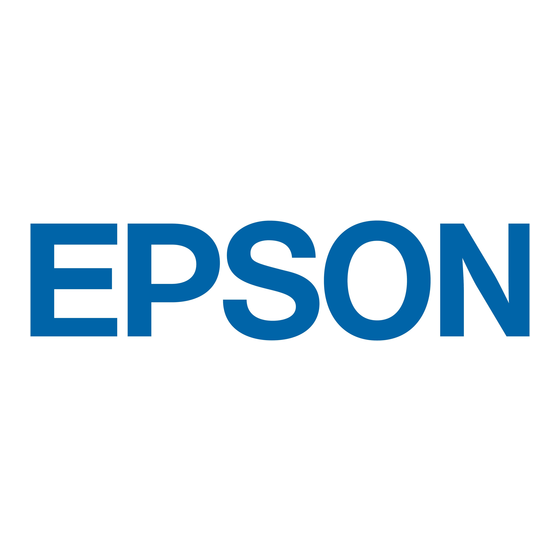Epson 7850p - PowerLite XGA LCD Projector User Manual - Page 6
Browse online or download pdf User Manual for Software Epson 7850p - PowerLite XGA LCD Projector. Epson 7850p - PowerLite XGA LCD Projector 12 pages. Release of check tool for network projectors v1.00 for windows
Also for Epson 7850p - PowerLite XGA LCD Projector: User Manual (42 pages), Operation Manual (36 pages), Replacement Parts (1 pages), Operation Manual (47 pages), Product Support Bulletin (30 pages), Installation Manual (5 pages), Quick Setup (2 pages), Brochure & Specs (2 pages), Product Information Manual (25 pages), Technical Brief (7 pages), Product Support Bulletin (25 pages), Product Support Bulletin (38 pages), Product Support Bulletin (12 pages), Product Support Bulletin (42 pages), Product Support Bulletin (22 pages), Product Support Bulletin (28 pages), Product Support Bulletin (41 pages), Product Support Bulletin (34 pages), Product Support Bulletin (38 pages), Product Support Bulletin (28 pages), Product Support Bulletin (15 pages), Product Support Bulletin (22 pages)

